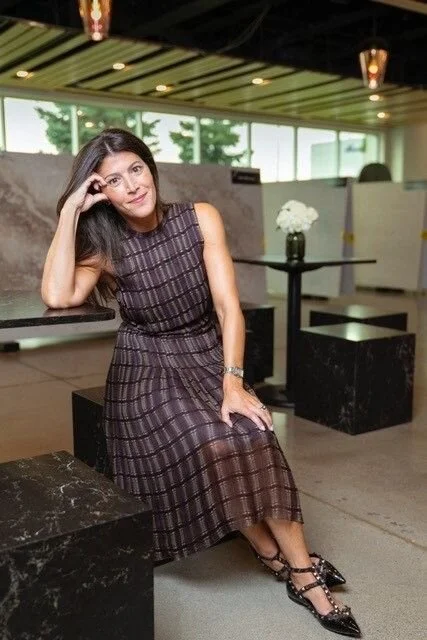In a studio apartment in downtown Philadelphia, off Rittenhouse Square, I stood awaiting a product demonstration. Stephen Kuhl, a founder of the start-up Burrow, apologized that he had only a beta version to show me — the actual production model would feature some minor aesthetic tweaks. The other founder, Kabeer Chopra, motioned for me to give it a try. I sat down. It was definitely a couch.
Burrow is on an enviable trajectory right now. The company is a graduate of the prestigious Bay Area tech accelerator Y Combinator; it also has a healthy list of pre-orders for its product’s planned debut in January. But given that pedigree, the product is an unusual one: couches. Not cloud-connected couches or remote-controlled couches — just couches. Technically, the company makes a couch, singular, available in a few different colors and configurations. The one I was sitting on belonged to Jess Goodman, a friend of the founders and an early supporter. Its design was midcentury modern unexceptional, and it was perfectly nice. But the couch is not Burrow’s main attraction. Burrow is selling a couch experience.

























